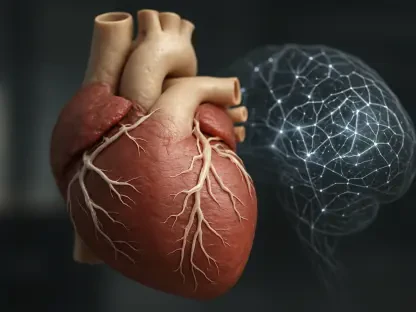The recent changes in U.S. tax legislation have opened a new chapter in the complex narrative of American healthcare, drawing analysts’ attention to the anticipated effects of the newly structured financial framework. President Trump’s tax bill introduces sweeping reforms, notably impacting federal healthcare spending and creating ripples across the entire healthcare ecosystem. A key area of concern is that as many as 12 million Americans might lose their insurance coverage by 2034. Although some experts contend that the actual figure might be slightly lower, in the range of 6 to 7 million, the concern remains significant. With the bill excluding extensions to Affordable Care Act subsidies, premiums are set to rise. This scenario excludes many, especially legal immigrants, from essential coverage. The potential disappearance of bridge coverage for individuals facing life-altering job changes adds to the anticipated challenges, increasing the financial burdens on many.
The Ripple Effect on Healthcare Providers
The legislative change is impacting not just consumers but also deeply affecting the structure of healthcare providers. This bill’s potential cut of up to $1 trillion from Medicaid funding poses significant challenges. It not only pressures state taxes but also jeopardizes the financial stability of hospitals and doctors. Reduced reimbursements for hospital services might impact their operational abilities. While the immediate effects are concerning, a delayed implementation offers respite until 2026. Despite these worries, there’s notable optimism among industry analysts. The consistent trends in healthcare use and expected growth in volume and revenues offer a positive outlook for providers. This new legislation presents both hurdles and prospects: challenges appear significant, yet the industry has the chance to adapt and develop strategies for the future. Experts largely agree that considerable challenges await both consumers and providers, but state-level adjustments could help mitigate the immediate effects.









